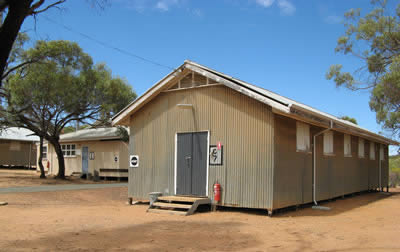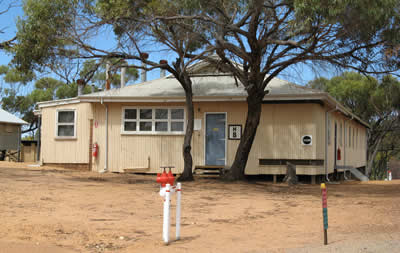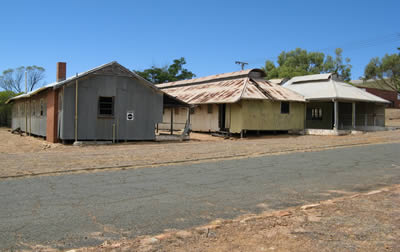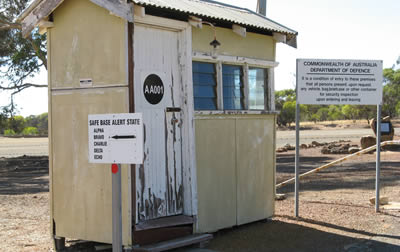Living at Northam Camp
Families with children under 18 were allocated space in the large barracks buildings, separated by hanging army issue blankets. The blanket walls were shifted to accommodate changing needs. There was no privacy as every word could be heard through the whole building. Children had great fun playing hide and seek, running between the blankets held together with safety pins.
Singles were provided with similar accommodation. There were about 20 single people per dormitory and they did everything together – slept, ate, bathed, went to English lessons and job allocation.
The shared toilet and bathroom facilities were located well away from the barracks, and were sometimes visited by snakes and goannas in summer. Other wildlife included possums that liked to run along the rafters at night and kangaroos and rabbits, which were hunted for food.
The bathrooms and laundries were very primitive. The toilets were on a collectable pan system, which was not adequate when the population the camp exceeded 4,500. The needs of the camp nearly doubled the work of the Northam Municipal Council’s pan collectors.
Water was piped above ground, so it was really hot in summer and really cold in winter. Water shortages in summer meant that the authorities often turned the supply off.
Barracks were specifically set aside for church services and local clergy performed marriages, baptisms, christenings and funerals. Some migrants preferred to attend church in Northam.
Facilities included, post office, banking facilities, a canteen and a recreation hall which was used for concerts, dances, films and Christmas parties. The camp had a 32 line switchboard and a powerhouse that provided electricity in emergencies.
There were also offices of the Commonwealth Employment Services (CES) and the Department of Social Security on site. On arrival, mothers were eligible for child and maternity allowances and breadwinners could get a DSS cheque for accommodation and expenses until they got work.



